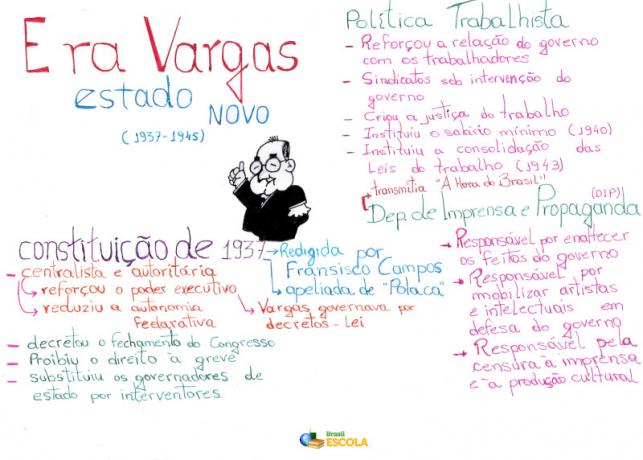Emerging at a singular moment in the history of Brazil, the Brazilian Integralist Action appears at the moment when new social groups appear in the country's socio-political scenario. With the fall of the oligarchic political structures, the main axes of political and ideological discussion in the country lost strength in rural areas and began to occupy the urban centers of Brazil.
During this same period, new political theories emerged in Europe as a reflection of the crises arising from the the interwar period (1919 – 1938) and the capitalist crisis that culminated, in 1929, with the crash of the Bolsa de Nova York. In Europe, Italian fascism and German Nazism were two great political movements that came to power due to the uncertainties experienced in that period.
In Brazil, the political rearticulation experienced with the Revolution of 1930 made Integralism appear as an alternative to the recent government of Getúlio Vargas and the growth of labor and communist. Under the command of Plínio Salgado, Ação Integralista got the support of medium sectors, businessmen and sectors of the working class. Understood by many as a “Brazilianized fascism”, this movement had its particularities.
Among the main ideas defended by the integralists, we can highlight the political corporatism, the abolition of the multipartyism, the persecution of communists, the end of speculative capitalism and the rise of a strong leader political. In addition to the ideological content, the integralists made massive use of the media, catchphrases, symbol creation and behavioral standardization.
Integralists used a common greeting, “Anauê”, an expression of indigenous origin, to greet their members. In addition, they wore green shirts and adopted the Greek letter sigma (mathematical symbol for summation) as shapes that would encourage a strong sense of communion and love for the country. Even with intense demonstrations, the Integralists lost strength with the implementation of the Estado Novo, in the late 1930s.
Do not stop now... There's more after the advertising ;)
By Rainer Sousa
Master in History
Would you like to reference this text in a school or academic work? Look:
SOUSA, Rainer Gonçalves. "Ação Integralista Brasileira"; Brazil School. Available in: https://brasilescola.uol.com.br/historiab/a-acao-integralista-brasileira.htm. Accessed on June 27, 2021.

